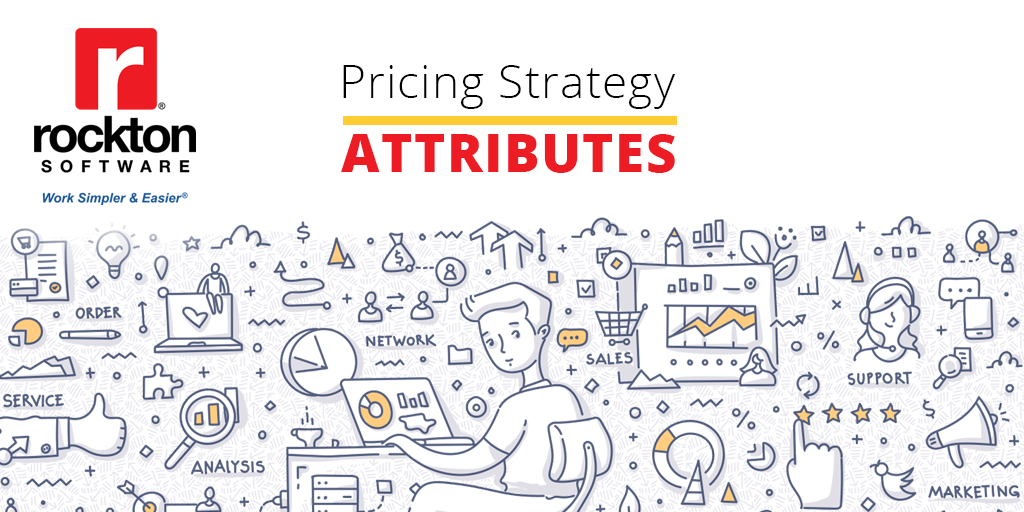
We hope you have stuck around with us as we go through all the typical pricing strategies and scenarios you could have in your business.
Because this next one is going to be the icing on the cake. For those of you with many customers and/or a large volume of items, you definitely need to keep reading.
You just got a new item or a new customer, and adding them to the ERP is a piece of cake, but assigning them to a pricing class or schedule now it becomes a time consuming and manual process.
This can turn into the perfect storm or a complete disaster.
You want to sell what to who?
Users may customize products by selecting attributes of the product, such as size and color. Attribute-based pricing adjusts the price based on the attributes chosen and displays the adjusted price in the quote or order.
For example, you add a new customer located in CA. You have set up an attribute for every CA customer to get a certain tax when they buy this specific soda. Because there is always this tax in CA no matter what and you want to make sure it is set up correctly in your ERP.
Setting up a customer, add the price class or schedule. Then you must go back and reconfigure how your customers relate to that NEW item.
This can turn into the perfect storm or a complete disaster.
It can be easier than you think
Well, what if you could dynamically say this group of customers get this price for this item or these customers in this geography get this price, there are just so many attributes you could assign to any unique customer class.
When looking at attributes or metadata you need something to help automate that, make it easy to set up and give that high customer service you are known for when it comes to the right price for the right customer.
Categorize into groups
One strategy to help simplify pricing is to categorize items into groups. After they are grouped, set up price filters so you’re filtering within those groups, this minimizes the number of things you must set up. To put this into perspective, suppose you had three customer classes and you have 10 different Item Price Classes. Those 10 Item Price Classes may each have an additional cross product, which starts adding up to a whole lot of SKU’s and prices to keep track of.
Have fun with classes
Let’s start with cake mix. You may sell vanilla, chocolate and Funfetti cake mix, however they can all be in the Cake Class and be sold at the same price to your Gold Tier customers. Think of the time you save by only pricing the Cake Class, and not each individual cake flavor. By categorizing these classes into groups, you can now strategize a much more manageable pricing solution.
Customer’s ship-to address
Home Depot is your customer, but you may need to price a generator shipping to a Home Depot in Los Angeles at a higher price than the same generator going to a Home Depot in Chicago. The great thing here is you could also use a different pricing method in each of these scenarios as well.
Pricing attributes on a document
You may have a special promo code being given out at a trade show. If that code is indicated on the document, we can create a special price and apply it only to those documents that have the code included.
It’s time to have your cake and eat it too
I hope you like all our cake analogies. So, what is the icing on the cake? Rockton Pricing Management offers you the flexibility to classify your pricing. All the examples we used above; you can do with Rockton Pricing Management (RPM).
RPM allows you to pull attributes off the customer, the items, and you can do it all at the document level too.
Virtually any identifying characteristic on a customer or an item can be used to create an attribute filter in RPM.
Color, size, scent, manufacturer, model number, VIN, Lot number, ingredient, you name it! The flexible options are endless.
Conclusion
We hope this blog and all our previous blogs in this pricing strategy series showed you the options and the flexibility you can have. Not only when having a pricing strategy in place but a solution to help manage it all.
Up until now you may have thought there was no way you could handle pricing revenue management in your current ERP. Or maybe you have new strategies you can now execute. We hope we helped educate, introduce, and provided a new insight into this important part of your business.
Pricing is the strategy everyone needs but not everyone takes. We hope you take it and run with it.




